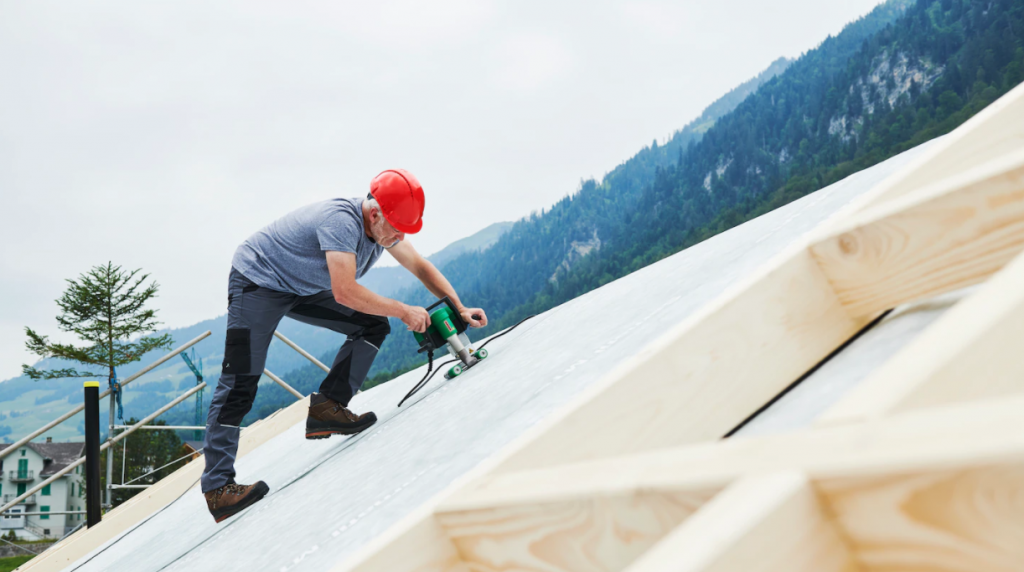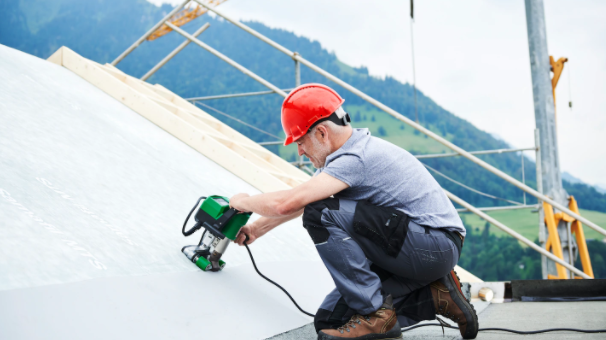Welding Pitched Roofs

Properly weld the roofing underlayments
Only a few correctly executed steps are required to make the welded roofing underlayment meet performance standards.
With the right membrane material and the use of high-quality welding machines and manual welding devices, every category of sub-roof can be welded perfectly, no matter whether normal, increased or extraordinary stress is expected on the roof.

SIA Standard 232
New regulations have applied for roofing underlayments since the introduction of the SIA Standard 232 in 2000. Sub-roofs are subdivided into three different categories:
- normal stress for customary water drain-off
- increased stress – waterproof against water accumulation of max. 50 mm
- extraordinary stress – just as with increased stress with additional backwater protection
Changes to the SIA Standard 232/1:2011
The revision of the SIA Standard 232/1:2011 makes a uniform provision and classification of the roofing category possible and thus has an influence on the selection of material and design of a sub-roof.
- Starting at a reference altitude of 800 m above sea level, a sub-roof is required for extraordinary stress.
- Independent of the reference altitude, in thermally insulated roofs with a roof pitch of less than 15°, a sub-roof is required for extraordinary stresses. Requirements of sub-roof materials for extraordinary stresses:
Sub-roof systems and materials must withstand the expected high pressure (water level 50 mm). Homogeneous welding of overlaps and connections, and special sealing of penetrated spots must be ensured.